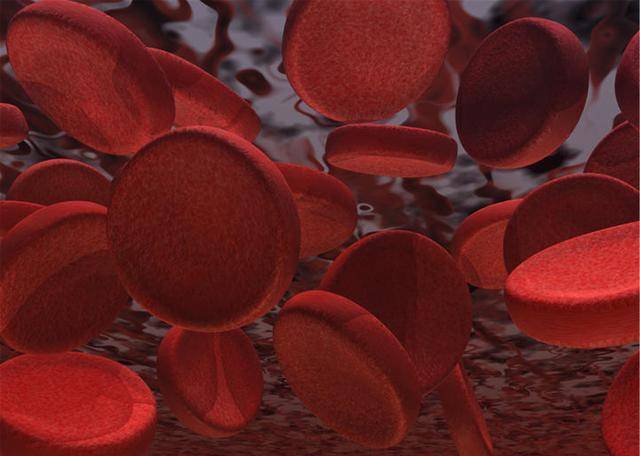Long-term exposure to high blood lipids can lead to adverse symptoms. Those with yellow lumps in their eyelids, blurry vision, and frequent numbness in their limbs are likely to have elevated blood lipid levels. Under the influence of high blood lipids, the blood becomes viscous, unable to flow normally in the blood vessels and supply the body’s needs, resulting in adverse symptoms.
Therefore, once signs of high blood lipids are discovered, timely adjustment is necessary, such as maintaining stability by taking lipid-lowering medications. Additionally, dietary adjustments should be strictly observed to keep foods that may elevate blood lipids at bay. Otherwise, negligence in dietary restrictions and indiscriminate eating can further increase blood lipid levels, leading not only to noticeable abnormal symptoms but also triggering other serious diseases.
1. High-Fat Foods
Many people’s high blood lipid levels are related to improper diet. Consuming high-fat foods that cause weight gain on a regular basis will exacerbate the situation. Managing a healthy body requires strict control of calorie intake during meals. Prolonged and excessive consumption of high-fat foods leads to excessive fat accumulation, as the calories are not promptly utilized, making the body prone to obesity and increasing blood viscosity.
After the blood becomes visibly viscous, circulation disorders are likely to occur, and even blood clots may form in the blood vessels. At this stage, a light diet is recommended. Although fats provide energy to the body, the intake should be well-controlled and not consumed in large quantities on a regular basis.
2. High-Sugar Foods
For proper blood lipid regulation, attention should be paid to a proper diet. Many individuals with high blood lipids fail to control their intake of foods rich in sugar during meals, which accelerates the development of the disease.
Sweet foods may seem unrelated to changes in blood lipids. However, excessive sugar consumption that is not promptly energy-utilized converts into fat accumulation. After obesity occurs, many important indicators in the body change, contributing to elevated blood lipids for some individuals.
By controlling the diet and avoiding excessive intake of high-sugar foods, maintaining normal blood sugar levels will not affect blood lipids, allowing the body to remain healthy. Otherwise, aside from fluctuating blood sugar levels, excessive sugar intake can lead to obesity, exacerbating the severity of the disease.
3. Fried Foods
To regulate blood lipids, dietary adjustments are crucial. Do not consume fried foods frequently. While fried foods are delicious due to high-temperature frying, excessive consumption can lead to oral ulcers, throat pain, and other conditions. Furthermore, the high fat content in fried foods not only affects the appetite but also increases the risk of obesity due to excessive fat intake.
Many individuals have high blood viscosity, significantly elevated serum cholesterol and triglyceride levels, yet still consume large amounts of fried foods, leading to obesity or visible blood viscosity issues. Correcting poor dietary habits is crucial to restore normal indicators of health.


